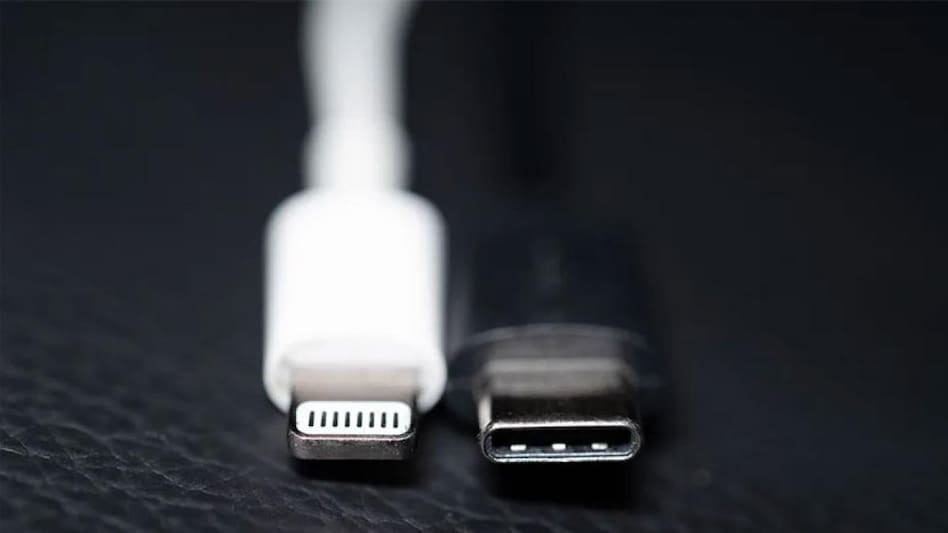 While most Android smartphones already have the USB-C port, Apple has a lot to figure out
While most Android smartphones already have the USB-C port, Apple has a lot to figure out While most Android smartphones already have the USB-C port, Apple has a lot to figure out
While most Android smartphones already have the USB-C port, Apple has a lot to figure outApple just can’t seem to take a breather on this. After the European Union’s ruling that makes USB-C chargers mandatory for all smartphones, Brazil’s telecoms regulator Anatel has reportedly launched a public consultation on a proposal to make USB-C chargers mandatory for all smartphones that will be sold in the country.
Brazil is the latest to join the list of countries that are looking to make the USB-C the standard charger for smartphones. The EU passed a law on this earlier this month making the USB-C mandatory for a whole range of electronic devices, including the smartphone, by 2024 end. Some Democrats in the US have reportedly been pushing for a similar law.
Anatel mentioned in a blog post that after following the movements in international markets, they too are proposing a similar approach for the Brazilian market. The telecoms regulator mentioned in the documents supporting the public consultation that the advantages of making USB-C mandatory would make things easier for customers and also reduce e-waste. The disadvantages of this include “higher costs to enforce the regulation” and that the law would discourage these tech companies from developing “new, better standards”, as The Verge pointed out. Anatel’s public consultation is going to run till August 26.
As a solution of sorts, the EU politicians have said that the law is going to be updated as and when new technology becomes available. Thierry Breton, Commissioner for the EU internal market, told the media that they were not setting anything in stone for the next decade, and that they would adapt and evolve as new tech comes in.
Now, the USB-C has become the default standard for all new Android smartphones already, so legislation like this is going to hit Apple the hardest. Apple still uses its proprietary Lighting port for charging. The company has reportedly been testing USB-C iPhones, and has already adopted it for many of its MacBooks and iPads.
If Apple does have to ensure the USB-C charger for devices, one of the fastest ways to do it for now would be to supply a Lightining port to USB-C converter in the box while they work on creating iPhones with the USB-C port.
Also Read: EU’s universal charger norm: What’s the deal with that and why is it Apple’s problem?
Also Read: US might follow EU policy for common smartphone charging port
For Unparalleled coverage of India's Businesses and Economy – Subscribe to Business Today Magazine